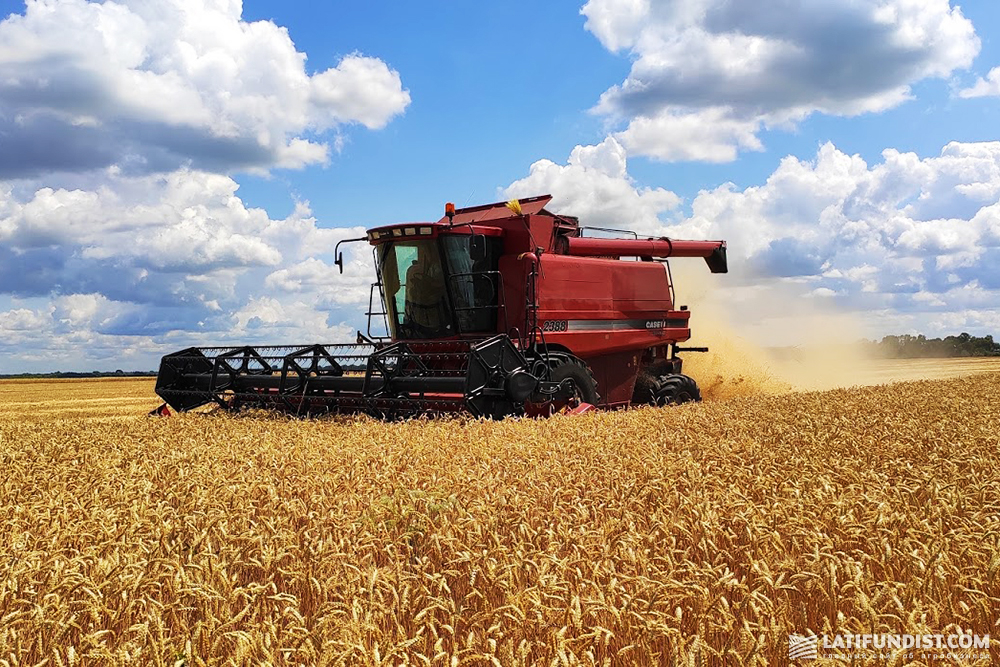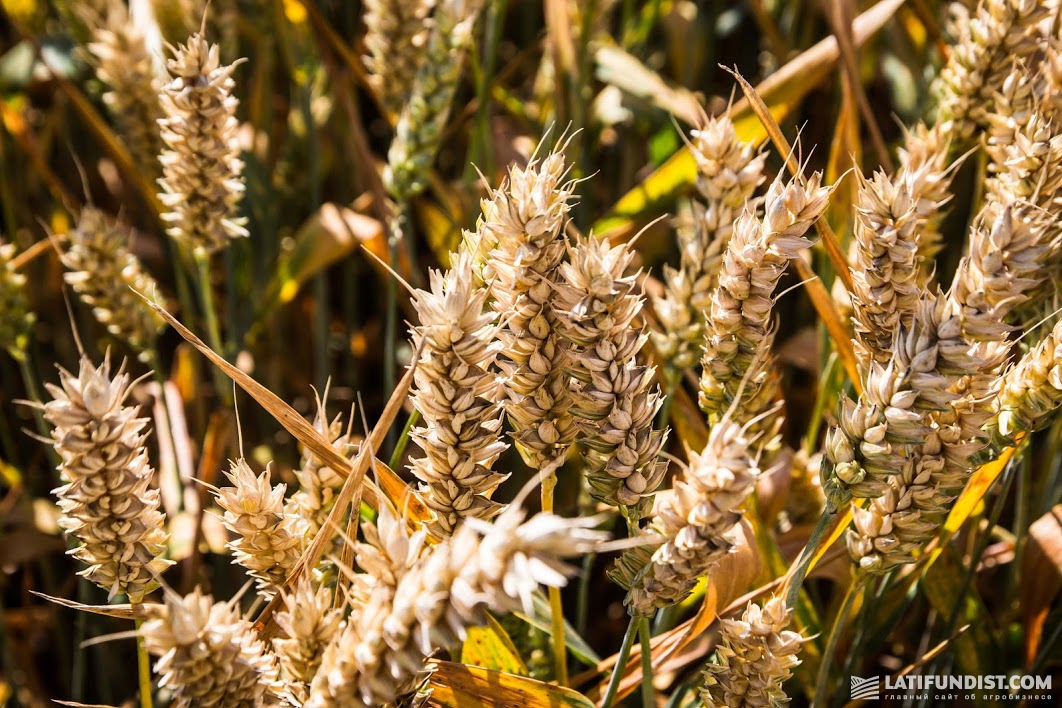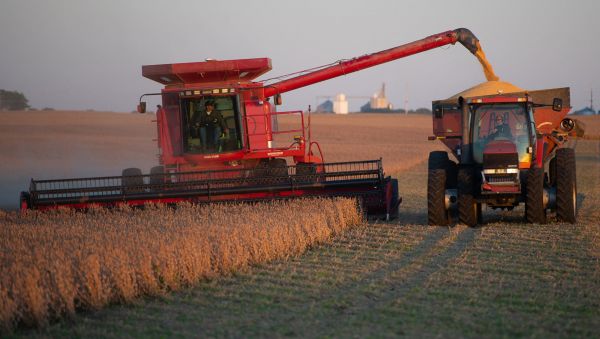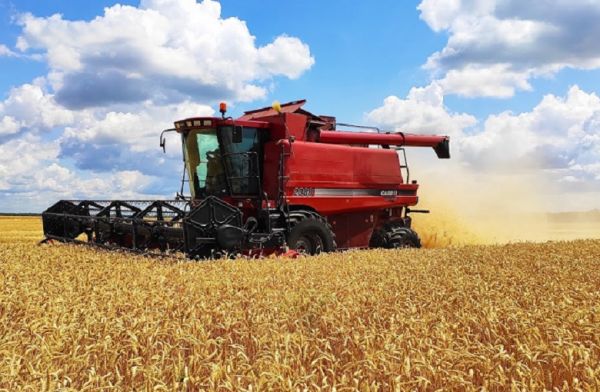Harvest Pressure: Taking Precautions from Wheat Price Volatility
To date, Black Sea wheat remains the cheapest wheat in the world in terms of FOB prices. This is also supported by the start of the harvest campaign. And given that there have been few forward contracts, we are experiencing the "harvest pressure" as a response to the harvest campaign progressing.
Small-scale producers in the southern regions traditionally sell wheat directly from the field thus creating a constant flow of grain to the port at the beginning of the season. But frankly speaking, nobody puts up large volumes for sale. To a certain extent, it is related to the negative experience of the previous season, when the poor quality of the harvested grain prevented many producers from fulfilling their forward contracts. Therefore, the saying that the best crop is the safely stored one this season has a special meaning.

Prices today
As for panamax DAP price quotations for wheat in Ukrainian ports, the grain is traded at the following prices:
- fodder wheat is traded in the range of 166-168 USD/t;
- 3rd category (class) — up to USD 172-3 USD/t;
- 2nd category — up to 176 USD/t.
Projections
Projections this season are hard to make. Trading has become much politically loaded. But if one looks only at the fundamental factors, the potential triggers for price growth may be such as:
- reduced production in Eurasia as a result of the June heat wave (esp. France, Ukraine and Russia);
- decrease in SRW wheat production in the USA due to constant rainfall and flooding in the sowing areas;
- understanding that the US corn harvest will be significantly lower than expected.
Wheat quality
Ukrainian wheat typically has its own peculiarities, however, each commodity finds its buyer. With that set of qualitative characteristics our wheat has, we easily enter the markets of Asia and North Africa. Moreover, Asia is by no means chasing high protein, and North Africa is geographically close.
I would consider the poor and unsystematic cultivation of land and crops as the main problem aggravated by the use of poor quality seeds, which, in turn, leads to uncontrolled outbreaks of grain diseases caused by fungus like smut, alternaria, fusarium.
To some extent, this is a national security issue but at the local level. If producers do not address those issues, at some point we may simply lose entire markets and they may lose their jobs.
Wheat surprises
Already today we can say for sure that there will be a sizable imbalance in the supply of food and fodder wheat in Ukraine. The active harvesting is currently underway in southern and central regions of Ukraine. By feedback, we understand that the crop is mainly of 2nd and 3rd category. Surely, this season is full of surprises. There are certain problems with grain-unit and falling number. Still, the heat has prominently manifested itself. Now everyone is anticipating the start of the harvest campaign in the North and West of Ukraine. None would close fodder contracts with food wheat.
The same questions arise in Russia, given the geographical proximity. There may also be surprises in Europe hit by heat waves last month. And this year's harvest in the United States is one big question mark. Severe weather events prevent us from making forecasts, and the USDA reports have simply lost the market's trust since the last release.
Long story short, the year will be rather volatile and will bring plenty of opportunities for trade. But don't forget about the stop-loss (stock or commodity market order to close a position if/when losses reach a threshold — ed.), trade safely!
Yuri Gavrilyuk, trader at Spike Trade







